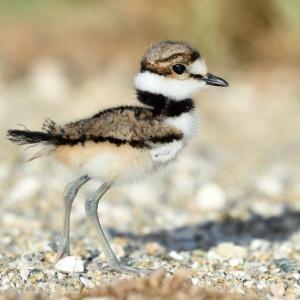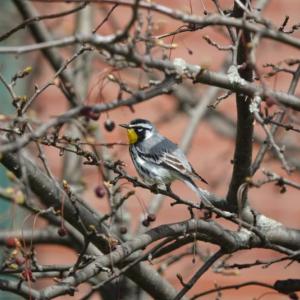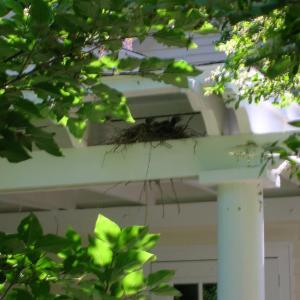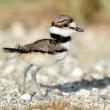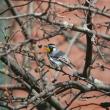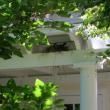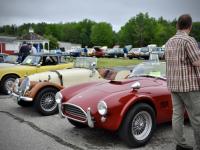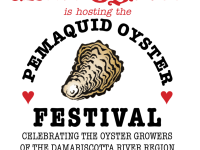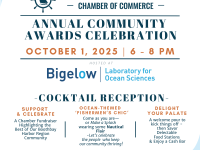Pondering the Mysterious Ways of Killdeers, Warblers, and Jays
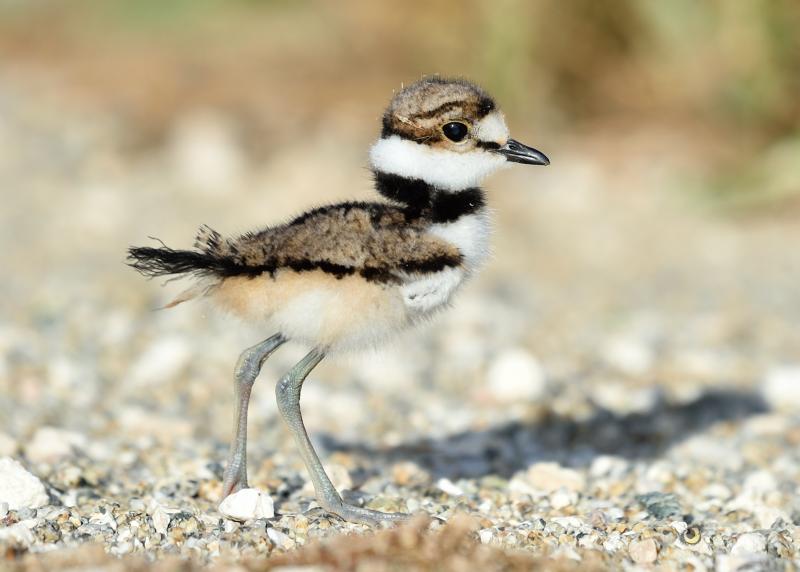 One of our friends on Aruba has documented the first downy young of several species there already this spring including a killdeer chick, a bird that used to only spend winters there. Courtesy of Michiel Oversteegen
One of our friends on Aruba has documented the first downy young of several species there already this spring including a killdeer chick, a bird that used to only spend winters there. Courtesy of Michiel Oversteegen
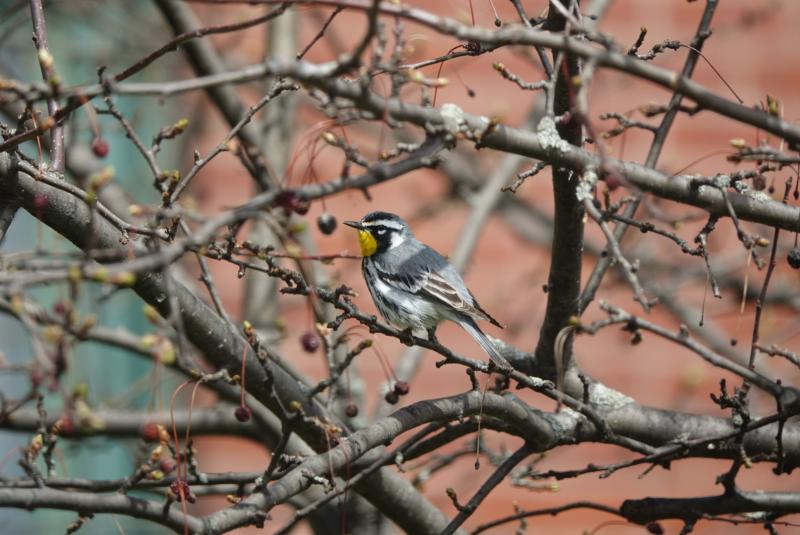 The yellow-throated warbler seen recently in Brunswick has been spending much of its time searching around buildings for insects and spiders, be they dead or alive. Courtesy of Sean Hatch
The yellow-throated warbler seen recently in Brunswick has been spending much of its time searching around buildings for insects and spiders, be they dead or alive. Courtesy of Sean Hatch
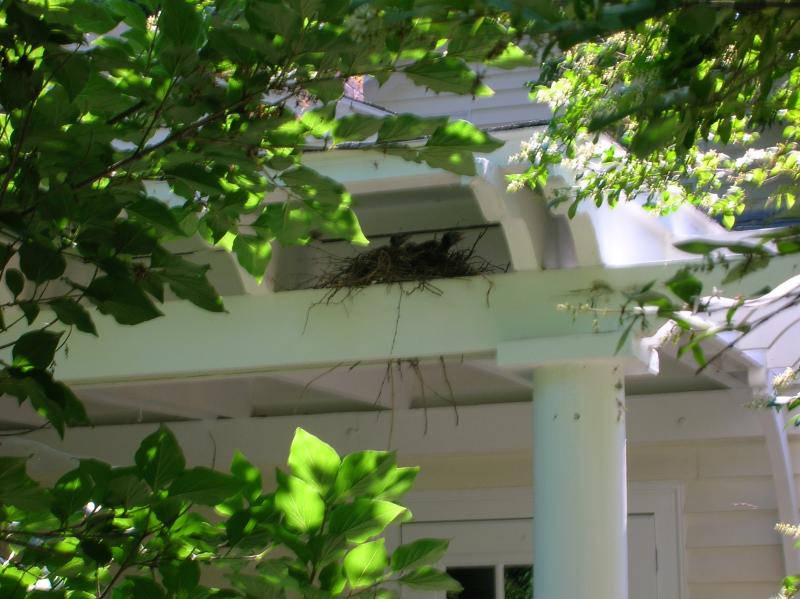 One of the oddest nest placements we have seen, at least in relation to a human habitation, was a pair of blue jays that placed their stick nest under the roof of a porch in Hallowell. Courtesy of Jeff Wells
One of the oddest nest placements we have seen, at least in relation to a human habitation, was a pair of blue jays that placed their stick nest under the roof of a porch in Hallowell. Courtesy of Jeff Wells
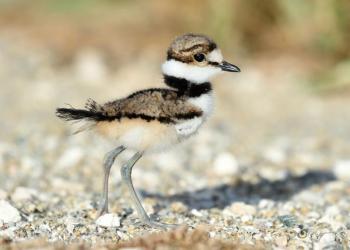 One of our friends on Aruba has documented the first downy young of several species there already this spring including a killdeer chick, a bird that used to only spend winters there. Courtesy of Michiel Oversteegen
One of our friends on Aruba has documented the first downy young of several species there already this spring including a killdeer chick, a bird that used to only spend winters there. Courtesy of Michiel Oversteegen
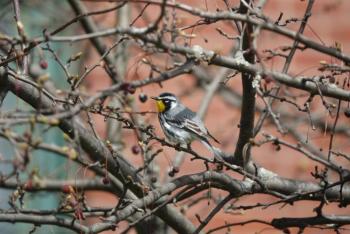 The yellow-throated warbler seen recently in Brunswick has been spending much of its time searching around buildings for insects and spiders, be they dead or alive. Courtesy of Sean Hatch
The yellow-throated warbler seen recently in Brunswick has been spending much of its time searching around buildings for insects and spiders, be they dead or alive. Courtesy of Sean Hatch
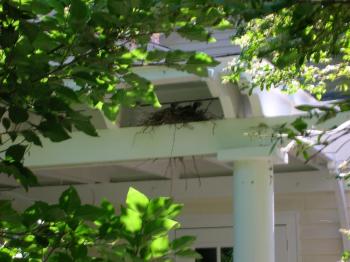 One of the oddest nest placements we have seen, at least in relation to a human habitation, was a pair of blue jays that placed their stick nest under the roof of a porch in Hallowell. Courtesy of Jeff Wells
One of the oddest nest placements we have seen, at least in relation to a human habitation, was a pair of blue jays that placed their stick nest under the roof of a porch in Hallowell. Courtesy of Jeff Wells
While we’ve been enjoying watching the season slowly unfold from our backyard and some nearby areas, we’ve also been doing our share of virtual birding. By that we mean that we check the constant stream of information available about bird sightings across the state, the country, the continents and, heck yes, the whole world! One of our friends on Aruba has documented the first downy young of several species there already this spring including a killdeer chick, a bird that used to only spend winters there. Now a few nest on the island every year. We have wondered whether a pair could nest there and then also migrate and nest again somewhere to the north. Seems more likely that the ones that nest there might stay there all year, but who knows?
Another virtual bird sighting that we have enjoyed hearing about is the appearance closer to home of a bird that is far from its own home: a yellow-throated warbler that has been in Brunswick for a few days. Something that is very curious about yellow-throated warblers, at least ones that appear far from their normal range, is that they often spend an inordinate amount of time searching for food around buildings. The bird in Brunswick has been spending much of its time searching for insects and spiders (apparently dead or alive, as observers have reported it eating dead insects) around the roof edges, fire escapes, and windows of the old Cabot Mill building along the Androscoggin River.
This is not at all uncommon in this species. Several that we have seen ourselves in Maine had this same habit, and we have heard lots of similar reports of the behavior in out-of-range yellow-throated warblers. It seems like a smart and potentially life-saving behavior, but do all these birds just suddenly discover the fact that they can find insects and spiders around buildings when they find themselves in unusual locations?
We have seen other birds foraging around the eaves and windows of homes and garages, for spiders and insects. The list for us includes blue jays and the occasional curious chickadee. Woodpeckers will sometimes take it up a notch and start digging into the walls and siding of a house in search of real or imagined insects.
Then there are the birds that will nest on buildings. Barn swallows, as the name suggests, nest in open barns and garages on beams and under the eaves. Cliff swallows used to be a common nester under the eaves of barns and stables before they disappeared from most of Maine. Eastern phoebes almost always nest under the eaves of a shed or garage, sometimes under a porch.
Even the beloved American robin will often place its mud and straw nest nestled on a flat space in the eaves or under a porch. House finches have regularly been found placing nests in odd situations on or around homes including several that we have seen nesting in old Christmas wreathes left out too long on a front door.
One of the oddest nest placements we have seen, at least in relation to a human habitation, was a pair of blue jays that placed their stick nest under the roof of a porch in Hallowell. Despite the owners coming and going through door nearby, the pair successfully raised their young in that conspicuous location. The particularly odd thing about this is that we have only located blue jay nests a handful of times over the years. We think of them as being very good at placing their nests in spots where they are well hidden. Not so in this case! Or maybe the jays knew that they would be safer there than in a bush or tree that one of the many marauding local cats might be able to access.
Another great mystery of the natural world to ponder as we stay safe at home.
Jeffrey V. Wells, Ph.D., is a Fellow of the Cornell Lab of Ornithology and Vice President of Boreal Conservation for National Audubon. Dr. Wells is one of the nation's leading bird experts and conservation biologists and author of the “Birder’s Conservation Handbook.” His grandfather, the late John Chase, was a columnist for the Boothbay Register for many years. Allison Childs Wells, formerly of the Cornell Lab of Ornithology, is a senior director at the Natural Resources Council of Maine, a nonprofit membership organization working statewide to protect the nature of Maine. Both are widely published natural history writers and are the authors of the popular book, “Maine’s Favorite Birds” (Tilbury House) and “Birds of Aruba, Bonaire, and Curaçao: A Site and Field Guide,” (Cornell University Press).
Event Date
Address
United States

